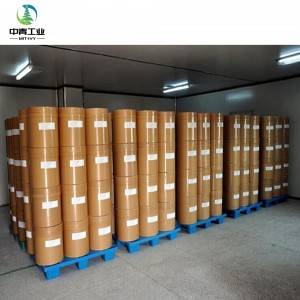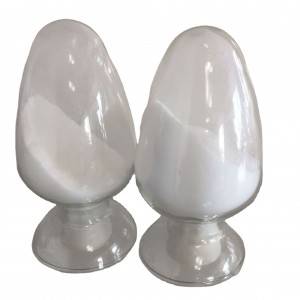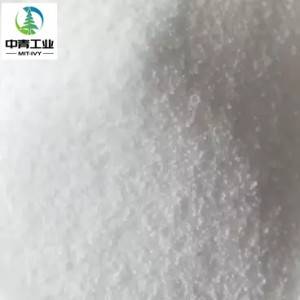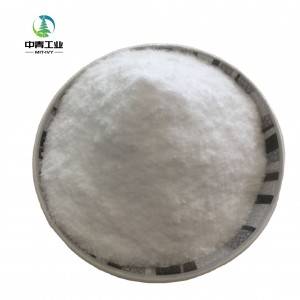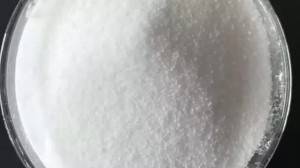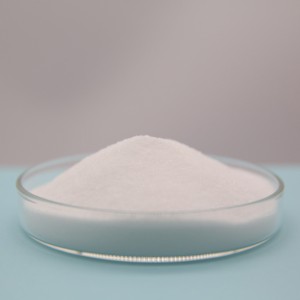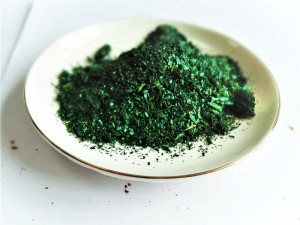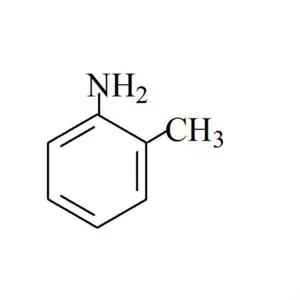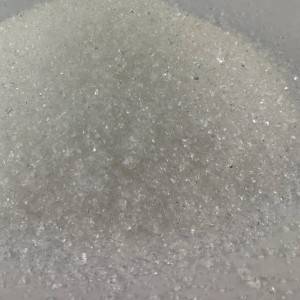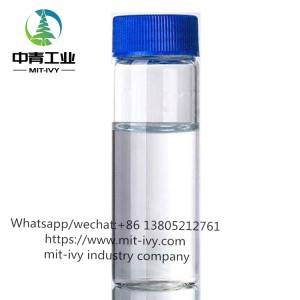China manufacturer Crystal violet lactone (CVL) CAS 1552-42-7
Product identifiers
Product name : Crystal Violet lactone
Product Number : 332488
Brand : Mit-ivy
REACH No. : A registration number is not available for this substance as the
substance or its uses are exempted from registration, the
annual tonnage does not require a registration or the
registration is envisaged for a later registration deadline.
CAS-No. : 1552-42-7
1.2 Relevant identified uses of the substance or mixture and uses advised against
Identified uses : Laboratory chemicals, Manufacture of substances
1.3 Details of the supplier of the safety data sheet
Company : Mit-ivy Industry co., ltd
Telephone : +0086 1380 0521 2761
Fax : +0086 0516 8376 9139
1.4 Emergency telephone number
Emergency Phone # : +0086 1380 0521 2761
+0086 0516 8376 9139
SECTION 2: Hazards identification
2.1 Classification of the substance or mixture
Classification according to Regulation (EC) No 1272/2008 Skin irritation (Category 2), H315 Eye irritation (Category 2), H319
Specific target organ toxicity - single exposure (Category 3), Respiratory system, H335
For the full text of the H-Statements mentioned in this Section, see Section 16.
2.2 Label elements
Labelling according Regulation (EC) No 1272/2008
Mit-ivy- 332488 Page 1 of 8
The life science business of Merck operates as MilliporeSigma in
the US and Canada
Pictogram
Signal word Warning
Hazard statement(s)
H315 Causes skin irritation.
H319 Causes serious eye irritation.
H335 May cause respiratory irritation.
Precautionary statement(s)
P261 Avoid breathing dust.
P305 + P351 + P338 IF IN EYES: Rinse cautiously with water for several minutes.
Remove contact lenses, if present and easy to do. Continue
rinsing.
Supplemental Hazard
Statements none
2.3 Other hazards - none
SECTION 3: Composition/information on ingredients
3.1 Substances
Formula : C26H29N3O2
Molecular weight : 415,53 g/mol
CAS-No. : 1552-42-7
EC-No. : 216-293-5
Component Classification Concentration
6-Dimethylamino-3,3-bis(4-dimethylaminophenyl)phthalide
Skin Irrit. 2; Eye Irrit. 2;
STOT SE 3; H315, H319,
H335 <= 100 %
For the full text of the H-Statements mentioned in this Section, see Section 16.
SECTION 4: First aid measures
4.1 Description of first aid measures
General advice
Consult a physician. Show this safety data sheet to the doctor in attendance.
If inhaled
If breathed in, move person into fresh air. If not breathing, give artificial respiration.
Consult a physician.
In case of skin contact
Wash off with soap and plenty of water. Consult a physician.
In case of eye contact
Rinse thoroughly with plenty of water for at least 15 minutes and consult a physician.
If swallowed
Never give anything by mouth to an unconscious person. Rinse mouth with water. Consult
a physician.
Mit-ivy- 332488 Page 2 of 8
The life science business of Merck operates as MilliporeSigma in
the US and Canada
4.2 Most important symptoms and effects, both acute and delayed
The most important known symptoms and effects are described in the labelling (see section
2.2) and/or in section 11
4.3 Indication of any immediate medical attention and special treatment needed
No data available
SECTION 5: Firefighting measures
5.1 Extinguishing media
Suitable extinguishing media
Use water spray, alcohol-resistant foam, dry chemical or carbon dioxide.
5.2 Special hazards arising from the substance or mixture
Carbon oxides, Nitrogen oxides (NOx)
5.3 Advice for firefighters
Wear self-contained breathing apparatus for firefighting if necessary.
5.4 Further information
No data available
SECTION 6: Accidental release measures
6.1 Personal precautions, protective equipment and emergency procedures
Use personal protective equipment. Avoid dust formation. Avoid breathing vapours, mist
or gas. Ensure adequate ventilation. Evacuate personnel to safe areas. Avoid breathing
dust.
For personal protection see section 8.
6.2 Environmental precautions
Do not let product enter drains.
6.3 Methods and materials for containment and cleaning up
Pick up and arrange disposal without creating dust. Sweep up and shovel. Keep in
suitable, closed containers for disposal.
6.4 Reference to other sections
For disposal see section 13.
SECTION 7: Handling and storage
7.1 Precautions for safe handling
Avoid contact with skin and eyes. Avoid formation of dust and aerosols.
Provide appropriate exhaust ventilation at places where dust is formed.
For precautions see section 2.2.
7.2 Conditions for safe storage, including any incompatibilities
Store in cool place. Keep container tightly closed in a dry and well-ventilated place.
7.3 Specific end use(s)
Apart from the uses mentioned in section 1.2 no other specific uses are stipulated
Mit-ivy- 332488 Page 3 of 8
The life science business of Merck operates as MilliporeSigma in
the US and Canada
SECTION 8: Exposure controls/personal protection
8.1 Control parameters
Components with workplace control parameters
8.2 Exposure controls
Appropriate engineering controls
Handle in accordance with good industrial hygiene and safety practice. Wash hands
before breaks and at the end of workday.
Personal protective equipment
Eye/face protection
Safety glasses with side-shields conforming to EN166 Use equipment for eye
protection tested and approved under appropriate government standards such as
NIOSH (US) or EN 166(EU).
Skin protection
Handle with gloves. Gloves must be inspected prior to use. Use proper glove
removal technique (without touching glove's outer surface) to avoid skin contact
with this product. Dispose of contaminated gloves after use in accordance with
applicable laws and good laboratory practices. Wash and dry hands.
The selected protective gloves have to satisfy the specifications of Regulation (EU)
2016/425 and the standard EN 374 derived from it.
Body Protection
Impervious clothing, The type of protective equipment must be selected according
to the concentration and amount of the dangerous substance at the specific
workplace.
Respiratory protection
For nuisance exposures use type P95 (US) or type P1 (EU EN 143) particle
respirator.For higher level protection use type OV/AG/P99 (US) or type ABEK-P2 (EU
EN 143) respirator cartridges. Use respirators and components tested and approved
under appropriate government standards such as NIOSH (US) or CEN (EU).
Control of environmental exposure Do not let product enter drains.


















